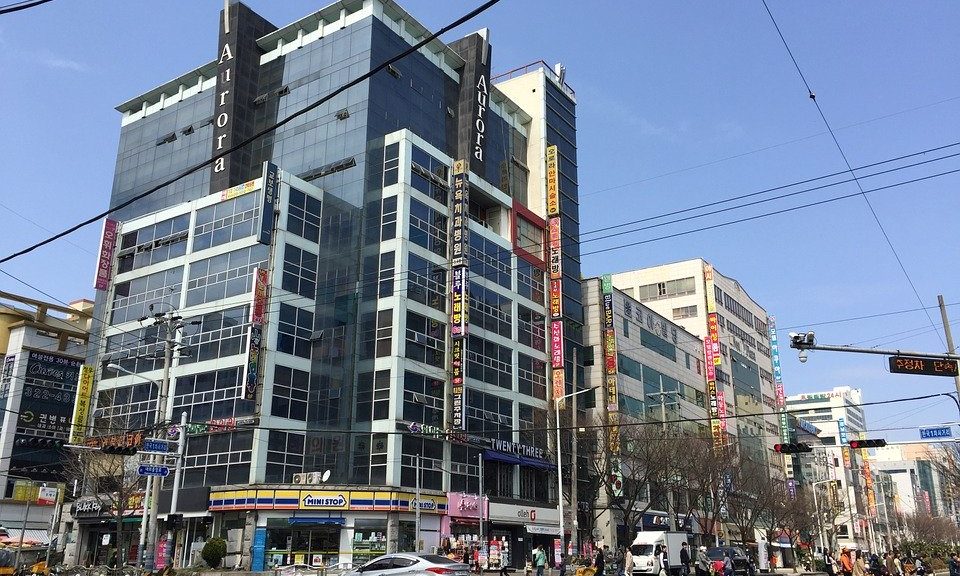
Even provincial towns in South Korea are becoming more cosmopolitan
Post by Vani Kanoria. Colgate Class of 2022. “Even provincial towns in South Korea are becoming more cosmopolitan”, The Economist, Sep 26th, 2019.
This article outlines the impact of a pro-immigrant change in government policy on a city of 550,00 in South Korea called Gimhae that resulted in a rapid influx of immigrants over the past decade. It discusses the culinary diversity now evident in the marketplace of the city and other changes that have developed as a result of the immigration.
The article first explains the sudden immigrant influx into the country. In the mid-2000s, the government began granting temporary work visas to citizens of several South-East and Central Asian countries to take up low-skilled jobs. The policy was motivated by two reasons. Firstly, the government wanted to address the shortage in low-skilled labor. Secondly, it aimed to ensure protections of the rights of immigrants in South Korea, especially in light of the exploitation and abuse of earlier immigrants. The earlier immigrants had entered the country either illegally or through international-marriage schemes designed to attract farm wives for farm workers, since South Korean women were shunning rural lives. Many local authorities oppose the marriage schemes, partly for the incidents of exploitation.The new policy, ensuring rights for immigrants, raised the number of foreigners living in the country from 1.2 million in 2009 to nearly 2.4 million in 2018, most of them in Seoul.
The article then discusses the changes to the landscape of Gimhae as a result of the immigrant influx. Besides the variety of cuisines available in restaurants in the city centre, Gimhae has a support centre for foreign workers, who work primarily for suppliers of car and ship parts. Shops offering remittances and international phone plans have come up. However, there is little integration between the new arrivals and the natives. The non-Korean restaurants and shops attract only immigrants. Immigrant women socialise mostly with other immigrant women. The city has become more diverse at the surface with the granting of temporary visas to foreign workers, but the immigrants form clusters and locals are hesitant to engage with them. It is evident that there still exists a cultural and social barrier between natives and immigrants in the small city of Gimhae.